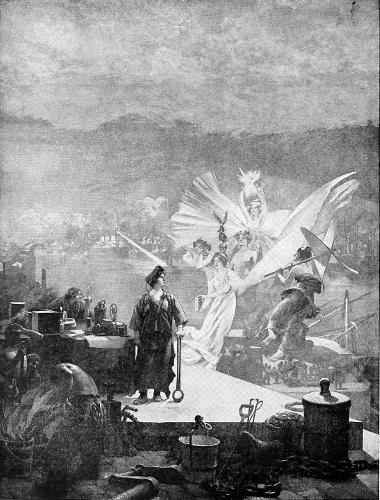
The History of the Peacock Chair: Its Journey from Manila to Nashville

# The Complex Symbolism and History of the Peacock Chair
The peacock chair, with its elaborate woven design and striking silhouette, has long been a cultural symbol of power, luxury, and colonial history. Over more than a century, it has been associated with Victorian-era leisure, incarceration practices, and movements for Black liberation. Yet, its history is deeply interconnected with colonial exploitation and carceral labor, making it a poignant object for examining socio-political change.
## The Origins: Colonial and Carceral Labor
The peacock chair traces its origins to the Philippines during the American colonial occupation of 1898–1946. Known as the “Bilibid Chair” or the “Manila Chair,” it was produced by incarcerated people at Bilibid Prison, a facility managed under the American prison system.
One of the primary industries of the prison’s Industrial Division was handicraft furniture production, primarily using rattan and bamboo. Prisoners, forced into labor by a system of so-called “reform,” created chairs that were shipped worldwide. A 1912 *Bilibid Prison* sales catalog promoted the chair as one of its most popular products. Not just a piece of furniture but an instrument of American imperialism, the chair became a coveted export object, marketed as a symbol of comfort and leisure.
Under the guise of “benevolent assimilation”—the American colonial policy of “civilizing” Filipinos through forced Westernization—these carceral labor programs were designed to integrate incarcerated individuals into a so-called rehabilitative trade. However, the system overwhelmingly exploited prison labor for economic gain. The Philippine colonial prison system mirrored American industrial prison labor, a practice seen in markets today through penitentiary work programs.
## The Chair as a Symbol of Prestige and Leisure
In the early 20th century, wicker furniture became emblematic of wealth and relaxation among the White American middle class, particularly in outdoor settings such as hotel verandas, sunrooms, and resorts. The peacock chair, with its large fan-like back, stood out as an especially ornate and regal piece, preferred by those who wanted to display their status.
Despite its origins in a colonial prison, the chair was rebranded as a product of luxury. During the 1915 Panama-Pacific International Exposition in San Francisco, it was featured as part of the Philippine Pavilion, symbolizing “tropical elegance.” It seamlessly transitioned from a prison-made commodity to an icon of affluence, subtly reinforcing the enduring global trade networks that capitalized on racialized labor.
## The Black Power Movement and Huey Newton
In 1967, the peacock chair took on a new symbolic life when a famous portrait of Huey P. Newton, co-founder of the Black Panther Party, was published. Captured by photographer Blair Stapp, this image presented Newton seated in the chair, holding a rifle in one hand, a spear in the other.
No longer simply a colonial relic, the chair became a throne of resistance, representing defiance against systemic oppression. In this new iteration, the chair framed Newton in a regal yet militant stance, fortifying the message of political agency and self-defense that the Black Panthers championed.
Newton’s portrait recontextualized the object into the Black Power aesthetic. Unlike earlier celebrity portraits that emphasized leisure and wealth, this photograph transformed the chair into a declaration of power—a challenge to racial injustice and capitalism.
## Gentrification and the Reinvention of Aesthetics
Today, peacock chairs continue to appear in contemporary design trends, Instagram lifestyle posts, and vintage markets. Their symbolism has largely returned to one of aesthetic pleasure, detached from both their colonial origins and their civil rights significance.
In rapidly gentrifying neighborhoods, particularly spaces with historically Black populations, the shift in decor signals something broader about change and erasure. Bohemian-chic home design trends, often championed by wealthier new residents, embrace rattan and woven textures, but the historical and political weight of such objects is frequently ignored.
For many Black communities, the chair remains an enduring emblem of pride, protest, and cultural memory. It sits at the crossroads of history, aestheticism, and identity politics—a reminder of both oppression and empowerment.
## Conclusion: Deconstructing the Symbol
The peacock chair’s journey from a colonial prison product to a Black Power symbol, and finally to a commodified relic of gentrified aesthetics, reflects the shifting meanings of objects in global history. In interrogating the chair’s layered significance, one must ask: how do we reimagine such symbols without erasing their histories?
Rather than merely appreciating the chair for its aesthetic qualities, we can recognize its duality—its beauty and its troubling past, its artistic craftsmanship and its exploitative roots. By doing so, we engage in a deeper cultural conversation that acknowledges the labor, activism, and histories woven into the very fibers of this furniture.
As we look forward, perhaps it’s time